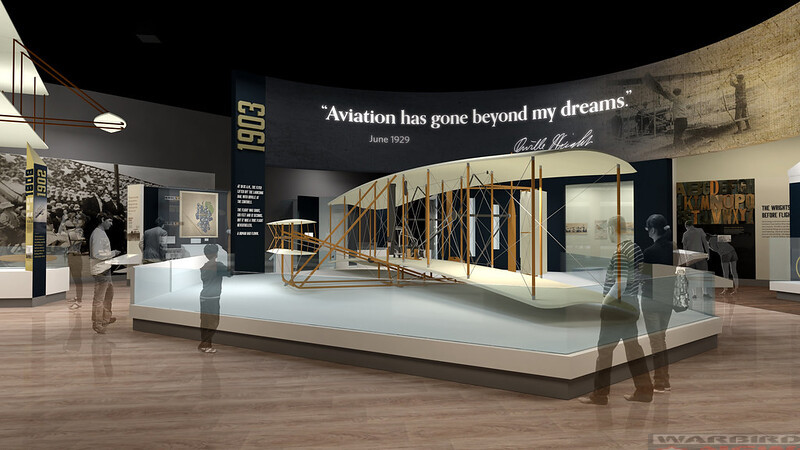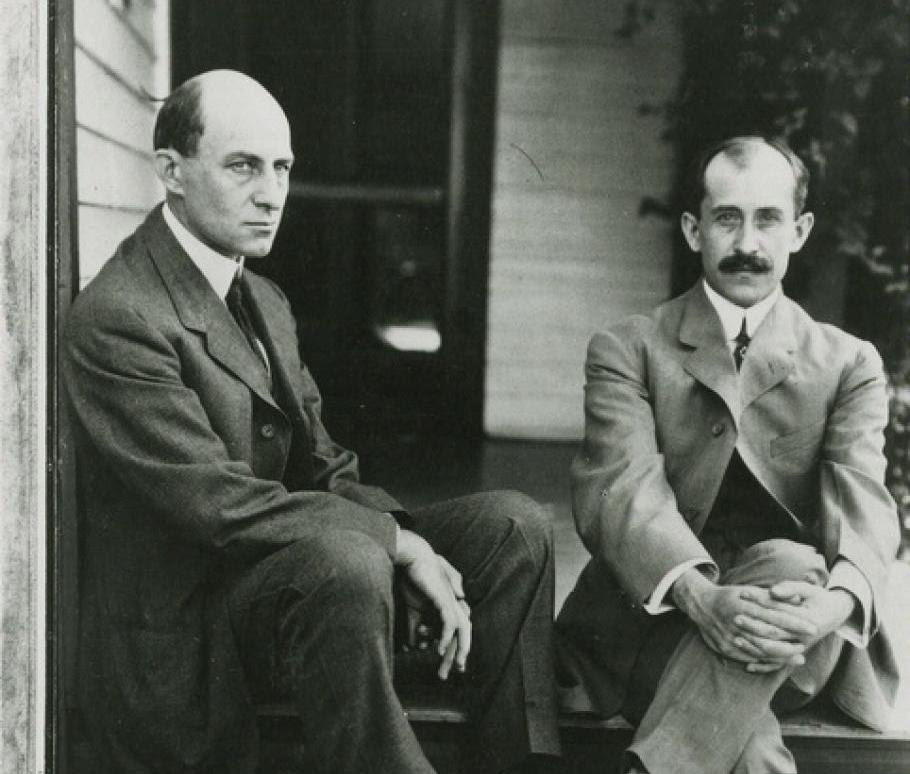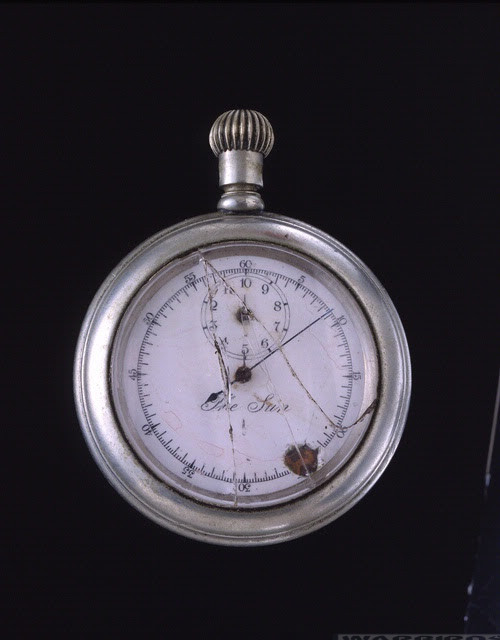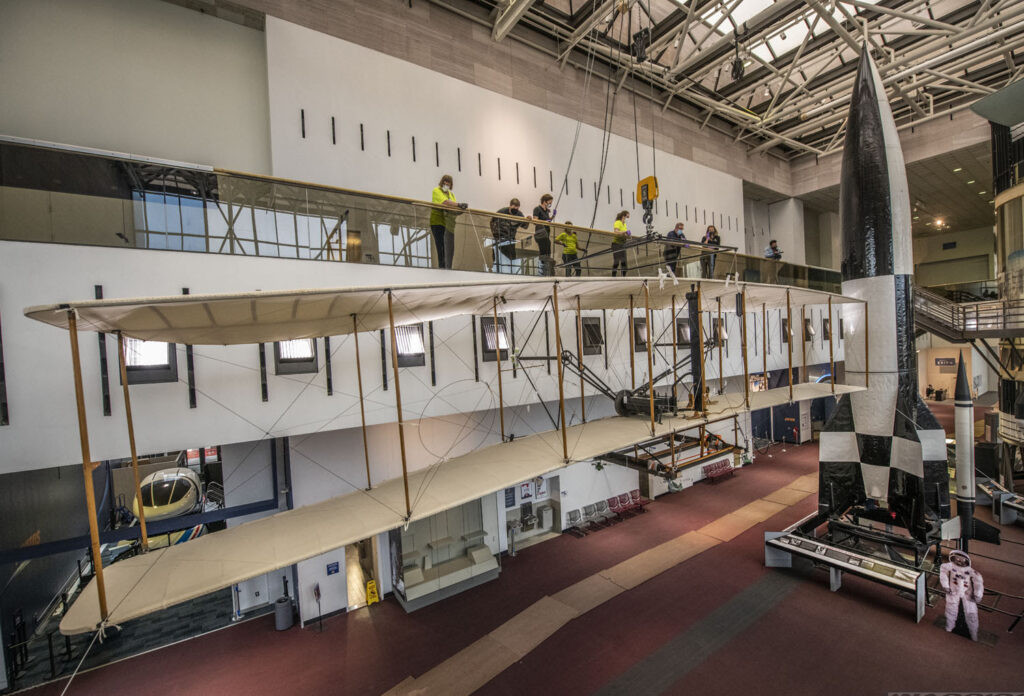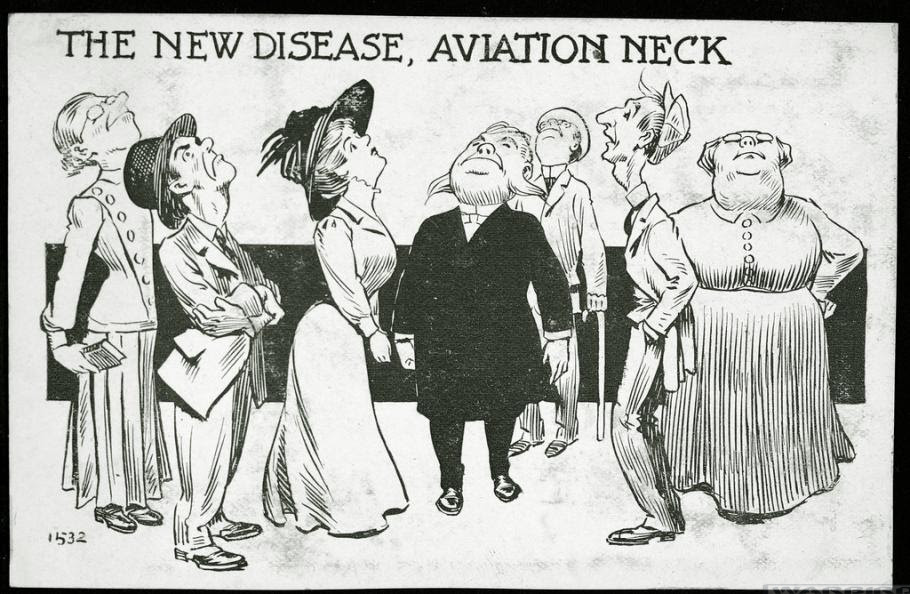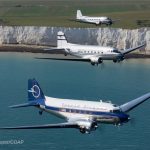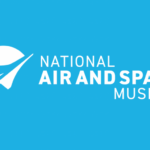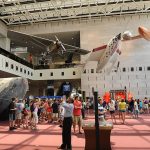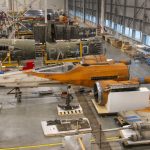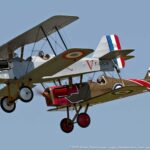The National Air and Space Museum has been undergoing a technological transformation of the museum’s galleries and public spaces, including the creation of new interactive experiences to inspire visitors, students, teachers, and families. In the summer of 2021, the Smithsonian received a $200 million donation from Jeff Bezos, founder and executive chair of Amazon, and founder of aerospace and space flight company Blue Origin. The donation is the largest gift to the Smithsonian since the Institution’s founding gift from James Smithson in 1846. A $70 million portion of the donation will support the renovation of the National Air and Space Museum and $130 million will launch a new education center at the museum.
The museum is planning to open eight new galleries later this year, throughout the summer the museum will be highlighting each new exhibition with Spotlight Weeks. For the first Spotlight Week, we are going back to the airplane that started it all.
The Wright Brothers & The Invention of the Aerial Age, scheduled to open this fall, is an update to the popular exhibition of the same name that has housed the 1903 Wright Flyer since 2003. The exhibit explores how two seemingly ordinary individuals invented the world-changing technology of human mechanical flight when it had eluded so many others for so long. Read on to explore stories and artifacts featured in the exhibition and to get a behind-the-scenes look at work being done in the gallery.
People Spotlight: Wilbur and Orville Wright
At the center of the story of powered flight are two talented, yet modest, Midwestern bicycle shop owners who developed technology that changed the world. While they are frequently referred to as if they were a single persona, “the Wright brothers,” Wilbur and Orville were, of course, in actuality two distinct individuals who brought unique talents and perspectives to their collaborations. Discover their story in the blog exploring their background.
Artifact Spotlight: Stopwatch
Behind the Scenes Spotlight: Moving the Wright Flyer
Story Spotlight: The Airplane in Early 20th Century Culture
The Wright brothers’ invention of the airplane truly changed the world. Imagining what this new world would be like began as soon as the first airplanes took to the air in the early 1900s.
With the growing public fascination with all things flight-related, the airplane soon became part of the culture. Airplanes and flight themes began to appear on jewelry, games, cartoons, and illustrations, in art and literature, and more — yet another sign that the aerial age had begun. Explore some of these aviation-inspired items.
The Wright Brothers & the Invention of the Aerial Age is made possible by the generous support of David M. Rubenstein, Frederick and Barbara Clark Telling, Tom and Eileen Culligan, Julia and Frank Daniels Jr., James M. and Anita K. Guyette, and Spirit AeroSystems.
If you are interested in supporting the National Air and Space Museum, CLICK HERE. Your donation will help fund exhibitions, educational programming, and preservation efforts.









